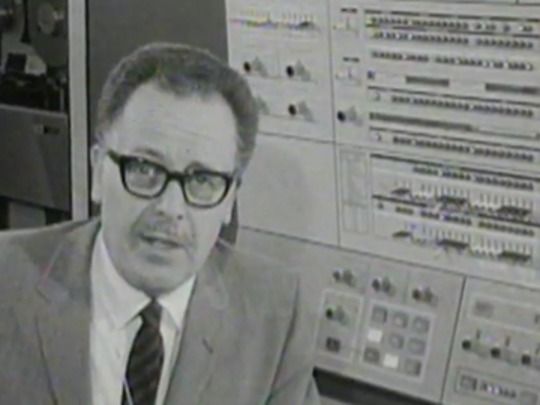
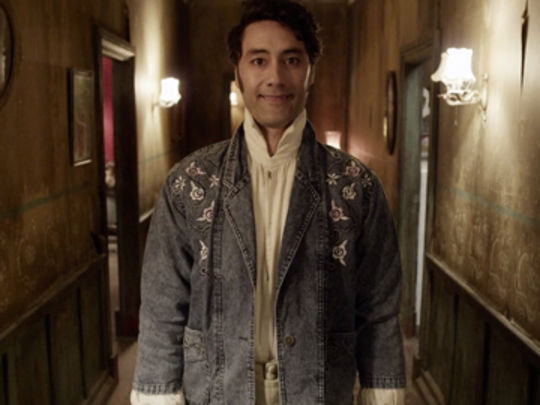
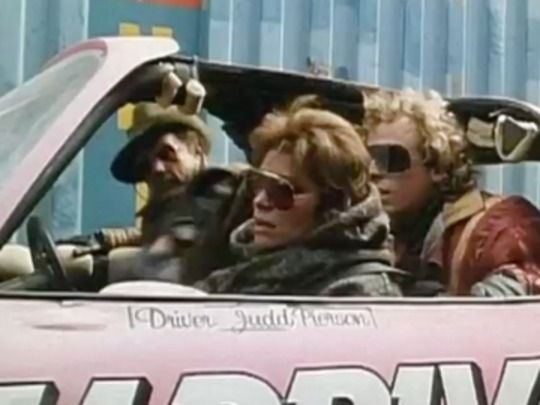
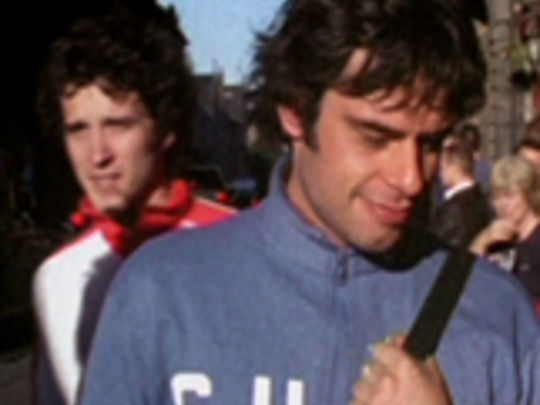
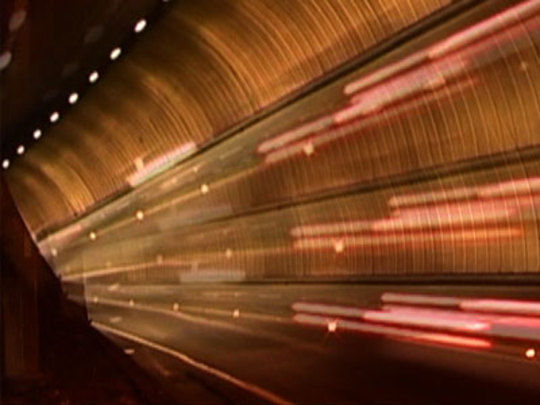
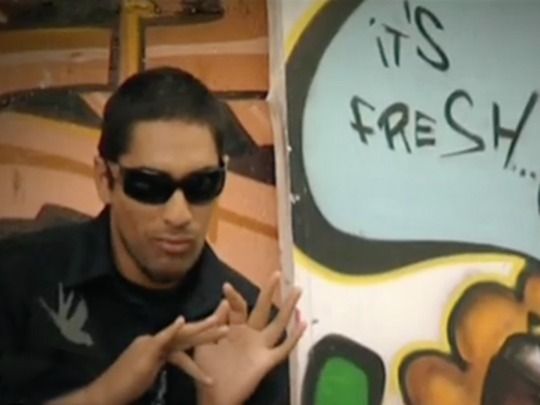
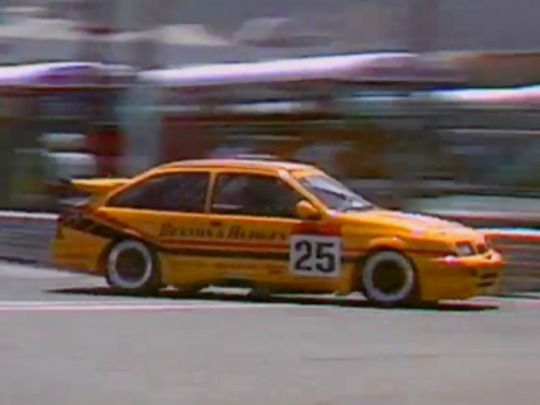
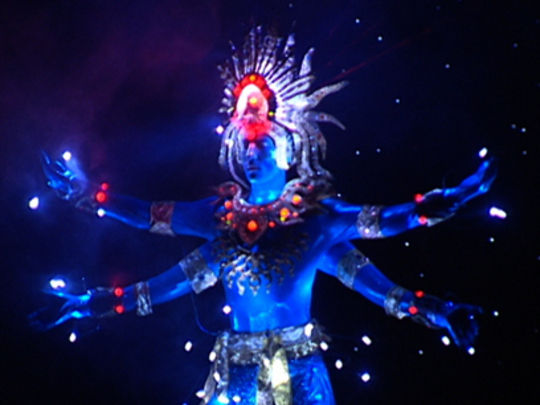
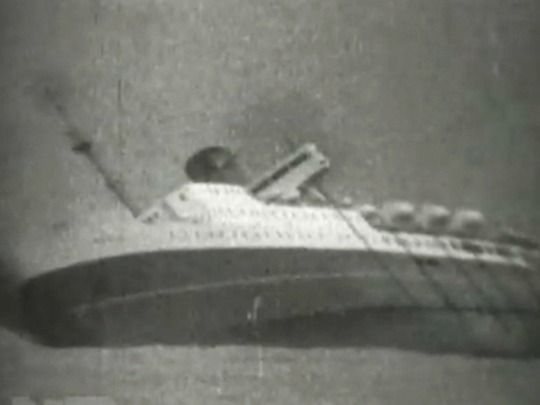
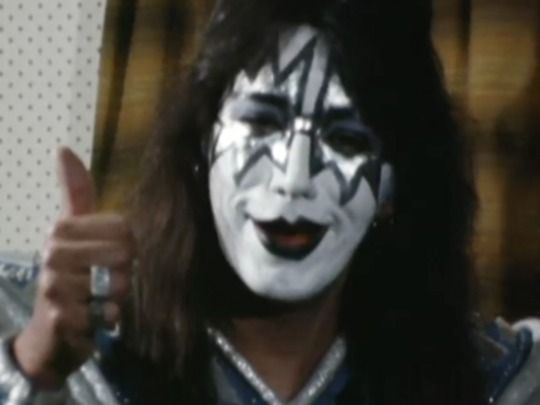
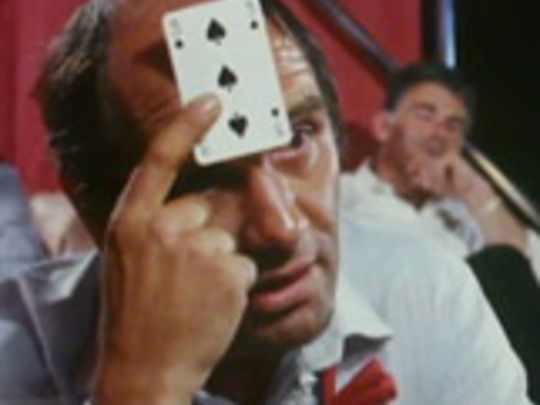
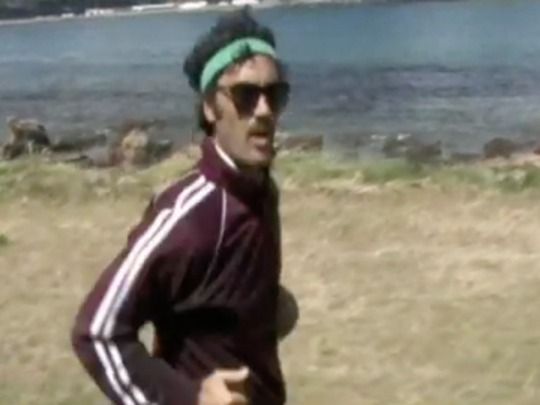
Wellington
Wellington
This collection has two backgrounds:
From Springboks to Vampires
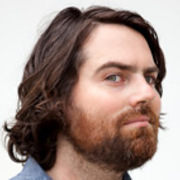
Nine Snapshots of a City
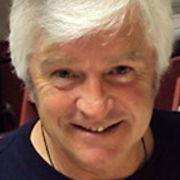
From Springboks to Vampires
By Samuel Scott 21 Sep 2014
...by Samuel Scott
My earliest memories of seeing Wellington as a captured moving image are of the Springbok Tour. In 1981 I was only three, but we all attended the family friendly marches and we’d watch the full-scale protests on our Philips TV: the white helmets of the police, the op-shop rainbow of the protestors locked in battle on the streets of Thorndon, not far from our house.
Of course I probably don't really remember any of this, but have crafted a clear memory of a memory for myself through repeated viewing of archival news clips. Just as my Mum vividly remembers the Wahine storm. But I wonder, are her memories in black and white?
My Dad has written for TV and film since the early 80s, and I have vague memories of sitting quietly on the set for Press For Service, a sitcom about life in the press gallery. I loved going out to the now defunct National Film Unit near Avalon to watch early assemblages of Footrot Flats – A Dogs (Tail) Tale, not least of all because of the bizarre modern building that was like a less elegant version of the glorious Athfield home, a house I was lucky enough to visit many times over the years. It is an ever changing icon that to me, is Wellington’s own habitable Christ the Redeemer.
There are a number of films about architecture in this collection, but none give more nostalgia than Hometown Boomtown. The Wellington of my childhood was one of demolition of character and development of something more mundane.
Whilst I have a deep nostalgia for the beige 80s of NZ TV it's a much earlier era of Wellington on screen that holds real mystique for me. My grandfather, director Michael Forlong, lived much of his life in England and Spain. I saw him only every few years, but we loved his British children’s films that we had on VHS, and he himself was a most intriguing fellow.
A fan of all things petrol powered and collector of ungainly three-wheel sports cars, he took me to the Nissan Mobil 500 on one of his visits to NZ. His film Rhythm and Movement is my favourite of his. It features an original score from the mighty Douglas Lilburn and is a frankly titillating and painterly public service film on the benefits of rhythmical gymnastics.
Michael was one of the early pioneers of the NFU, an institution that was simultaneously quaint and groundbreaking. The quaint is very much at work in the short film on rubbish collection, Dustie.
The NFU era was heading towards curtain call with the establishment of the NZ Film Commission in 1978. A new generation of artists, like Geoff Murphy and Bruno Lawrence, were taking New Zealand film to more extreme places, though perhaps Tank Busters isn’t quite as iconic as some of their later collaborations like The Quiet Earth or Utu; it is nonetheless a wonderful document of great NZ filmmakers developing their craft.
In recent years I have been lucky enough to work on the music for a number of Wellington-based feature films, a path me and my Phoenix Foundation writing partners Luke Buda and Conrad Wedde stumbled into after Taika Waititi got us on board for Eagle vs Shark. Since then we have worked with Taika on various films and music videos, none more Wellington-centric than the clip for '40 Years'.
Working with Taika and Jemaine Clement as music editor on What We Do In The Shadows early this year was a career highlight for me. It is such a funny film, and a big part of that is the fun it pokes at Wellington. But it is also a film that was made on a tiny budget in a town where people love to make films, and where filmmakers and musicians are genuinely supportive of each other. It couldn’t have been made anywhere else.
- Aside from varied musical duties with The Phoenix Foundation, Samuel Scott has also released solo albums The Hunt Brings Us Life (2006) and Straight Answer Machine (2008). He is composer or co-composer of soundtracks for Eagle vs Shark, Boy, Separation City, and Rage.
Nine Snapshots of a City
By Roger Gascoigne 22 Sep 2014
...by Roger Gascoigne
This is all based on a true story…
Fat Freddy's Drop
So there I was: 1973, flying back into Wellington from Perth to help start up a new venture called Radio Windy. I had been to the capital a few times when I was younger — most memorably in 1959 witnessing a British Avro Vulcan nearly do a face-plant on the southern end of the runway during the grand opening day of the airport [see this footage, three minutes into Off the Ground].
My older brother, a pilot, said quite clearly “We’re dead”. Only the sheer brilliance of the V Bomber crew averted a massive disaster by powering up and wrenching the plane back into the air … I can still see that frame by frame, as we were soaked in avgas.
But sorry, I digress … back to 1973; the city was a dour civil service town, in need of a total make-over.
Hometown, Boomtown
The person to really kick-start that process was Mayor Michael Fowler. His vision of a wide boulevard around the inner harbour, a civic centre, a national museum and a downtown stadium were the start of an astonishing renaissance. I had been part of a local television show based at Avalon in Lower Hutt, that had commissioned Mayor Fowler to literally paint us a picture of the city of the future. It was brilliant … and verily it came to pass.
Monaco Monza Macao Wellington
Clinging to the surrounding hills above a magnificent harbour, Wellington readily conjures up comparisons with San Francisco and Vancouver. She can take a while to come to love — the weather conditions give the city a certain notoriety (often completely unfair). But it is true, Wellington is windy. Folk who live here will tell you that statistically Auckland is actually consistently windier, but ours is more ‘industrial’.
I well recall the clipped tones of Peter Bryan opening the television evening news in April 1968: “Tragedy today in Wellington Harbour”. The Wahine disaster played out right in front of our eyes. Fifty-one lives were lost in what could only be described as hurricane conditions.
The capital can indeed be a harsh mistress. But I have found merino and possum undergarments take care of most weather worries. I work in the museum and tourism sector now, and visitors tend to describe Wellington as ‘comfortable’ — almost something you could pick up and cuddle. We are cuddly; even in the ‘olden days’ the beloved Town and Around team knew how to have fun, with one of the most memorable piss-takes of all time.
Town and Around
Fifteen minutes north of Wellington is the Hutt Valley, which in 1975 became home to the next-big-thing in broadcasting; the Avalon Television Centre. I was lucky enough to surf a wave during the most astonishing period of creativity in the history of New Zealand television. The Controller of Programmes was roller-skating Australian Bill Munro who empowered us to make programmes — hundreds of them.
There was sharp intake of breath amongst staff never thus unleashed before, but we were off! Talk about a factory (not always quality controlled) but we were doing stuff like a local soap opera two nights a week. Those early steps took us ever more confidently (some politicians thought too confidently) into more complex and gritty productions, like the massive and highly controversial Governor series, Inside Straight and police drama Shark in the Park.
Today Tonight
Regional television returned across the nation in the 1980s. Four huge areas of the country stretched us to the limits just trying to get around our respective patches. The area I worked on was central NZ from New Plymouth, across to Gisborne, south to Kaikoura and over to Hokitika. We called it Today Tonight, and over the next decade myself and others ‘gave it a go’. Man we ran up some air-miles (a shame those loyalty schemes didn’t emerge till the 90s).
Aftershock
Change brings competition and opportunity; the spirit of go-it-alone entrepreneurialism saw the emergence of the ‘indies’. Daring private production houses like Top Shelf and The Gibson Group were gaining traction, encouraging the networks to take notice and screen their work.
Braindead
Then there was this fellow from Pukerua Bay named Jackson. I will always recall walking the corridors of Avalon with the carpet squelching underfoot from the fake blood dripping off the characters on one of Peter’s early efforts. Walking into the cafeteria was sometimes truly alarming as maimed and mangled actors sat eating lunch, dripping blood everywhere. Just another day filming Braindead. "Excuse me, there’s an eye in my soup!"
40 Years
Sadly the world has computerised, miniaturised, bastardised and exploded out via that broadband interweb thing, and the lustre of the once-finest studios in the Southern Hemisphere has long faded. Bloody tragic for Avalon after 40 amazing years.
Nowadays Sirs Peter Jackson and Richard Taylor have turned the Miramar Peninsula into the globally famous home of Wingnut and Weta … Wellywood … or should that be Vellywood?
Wow
A new generation of genius creatives have burst onto the scene, serving up so many slices of life in the Capital on screens (of all sizes now). Long may it continue. Not sure if I want to watch it on my watch though, Apple.
I came to love living in this little city and the wider province. When I began with Radio Windy, the jingles used to announce we were ‘Blowing your way on 1080’. Well things change; now it’s the Breeze and I have to agree with their recently revived jingle “Harbour City, you really are a friend of mine”. That part hasn’t changed.
Wow! It is Absolutely, Positively the Coolest Little Capital (of the Biggest Little Country) in the World.
- Twice voted Feltex favourite television personality, Roger Gascoigne's long broadcasting career began in radio and includes hosting duties on TV's Top Town, Ready to Roll and regional show Today Tonight.